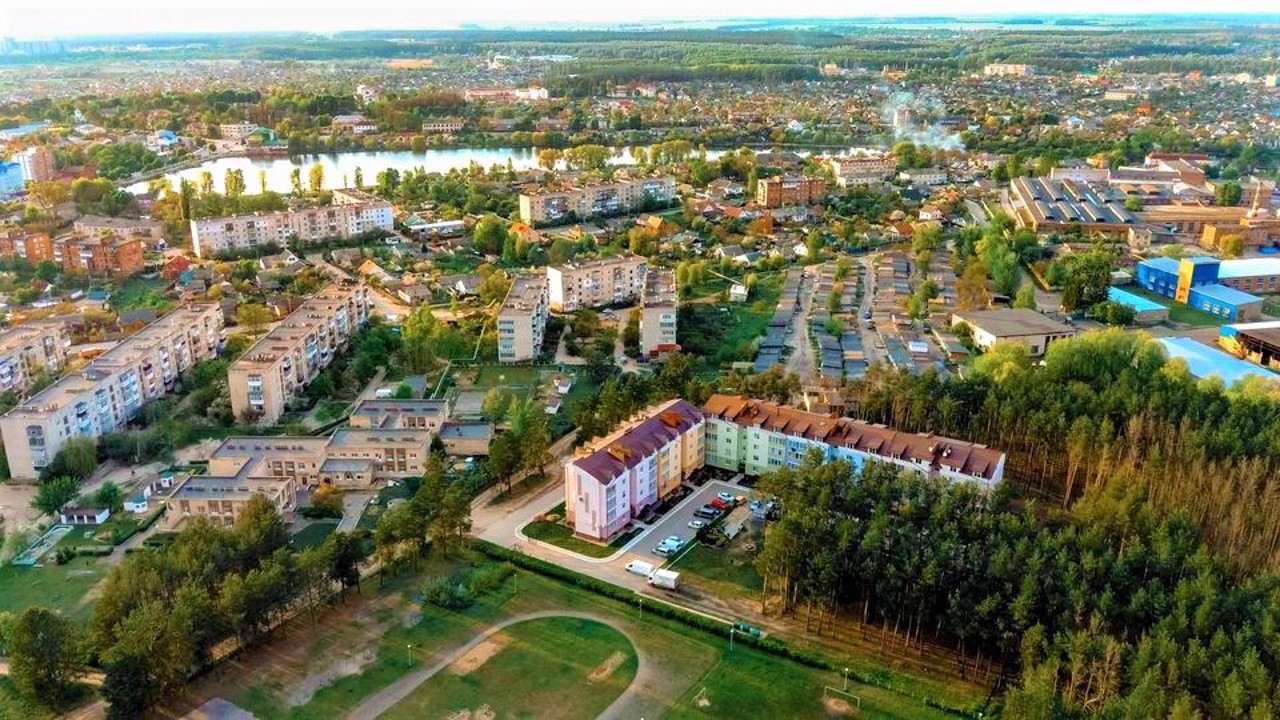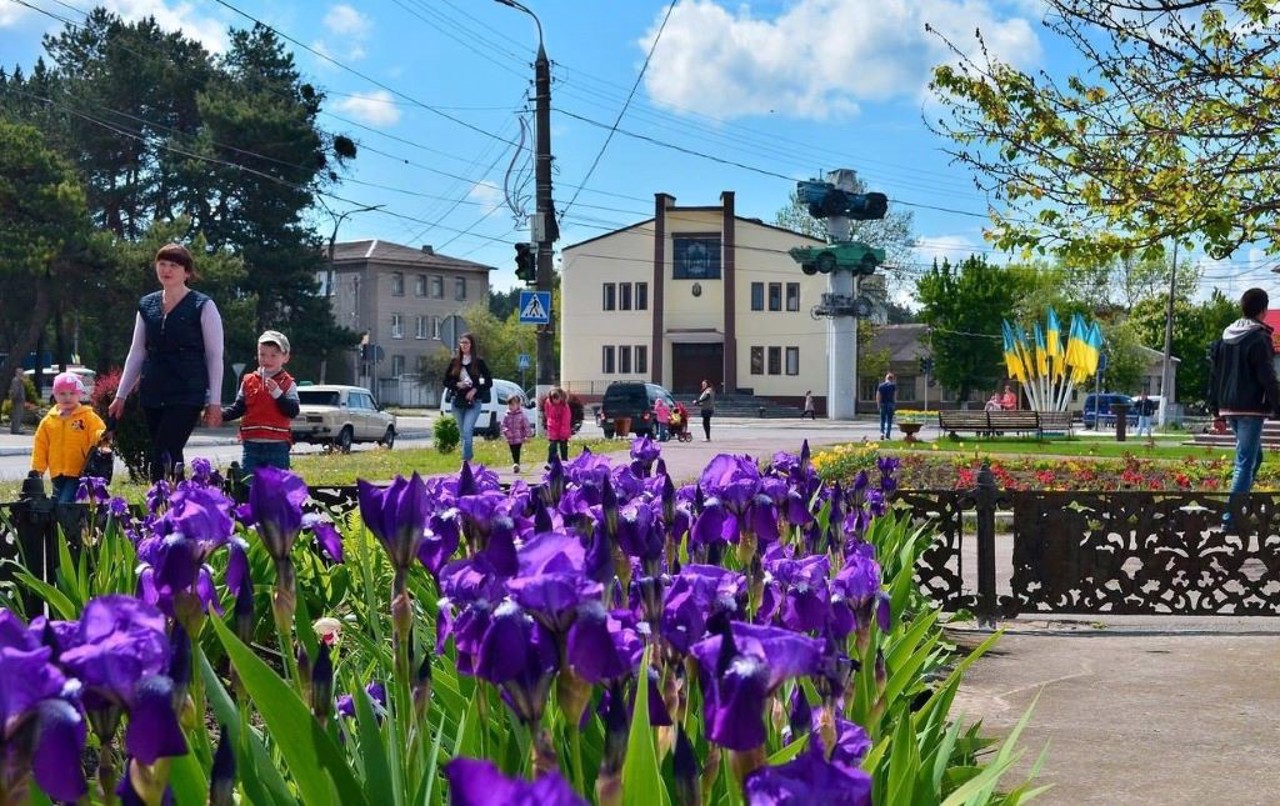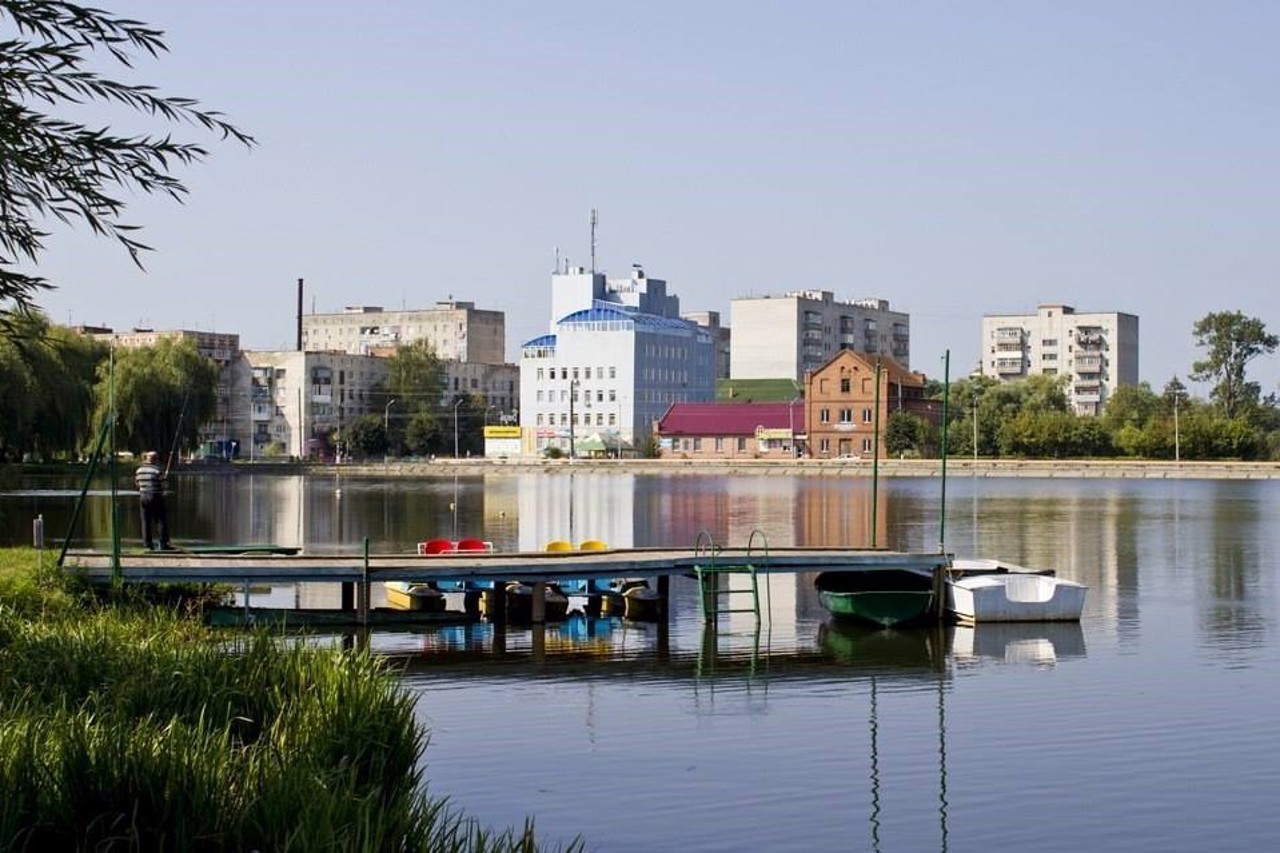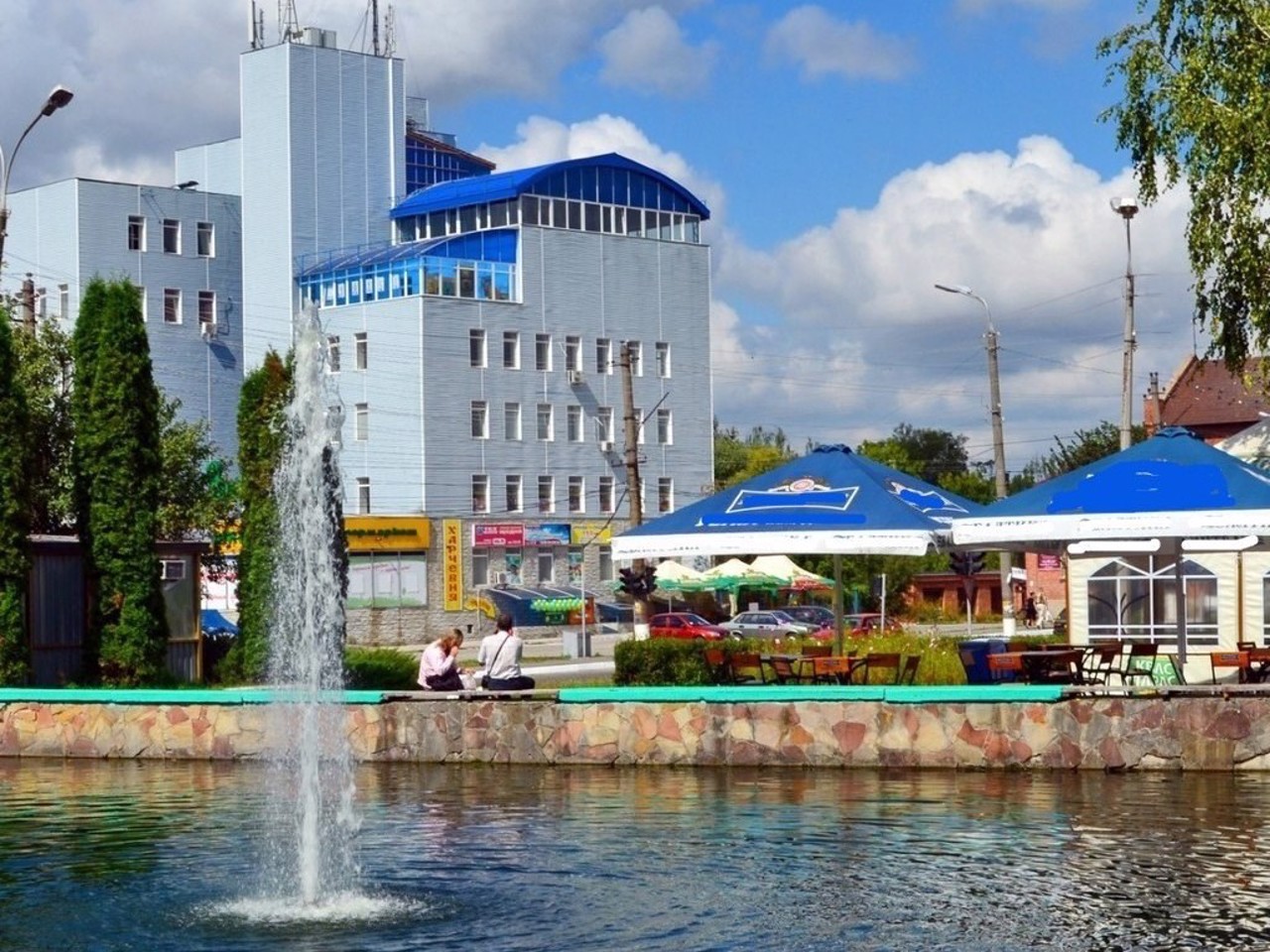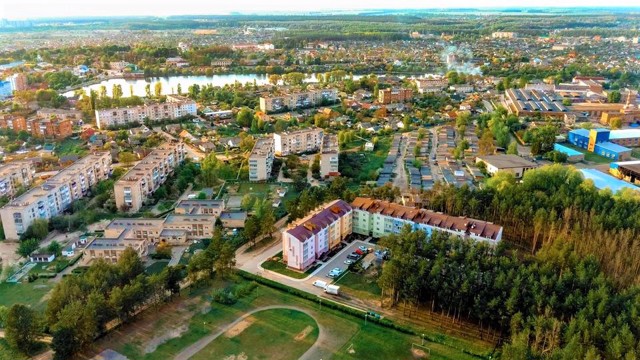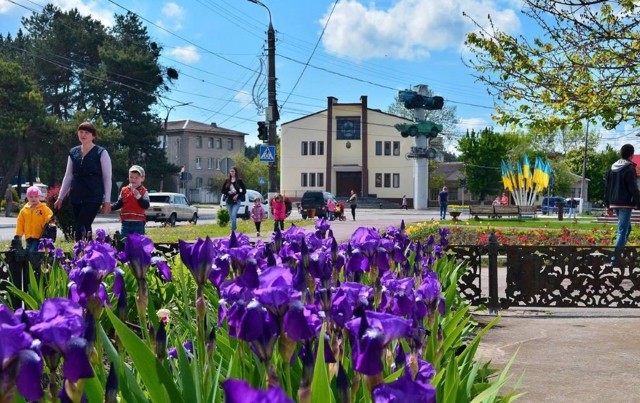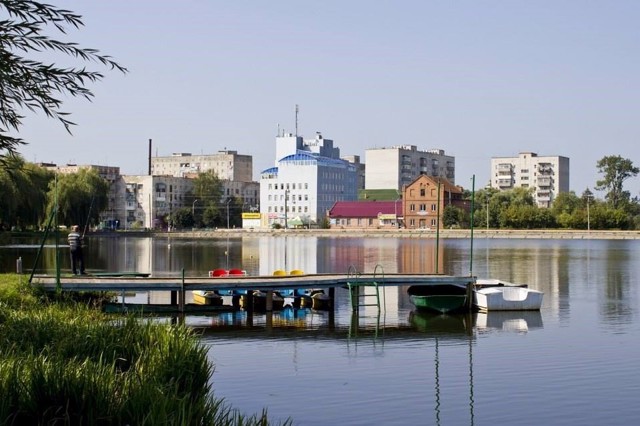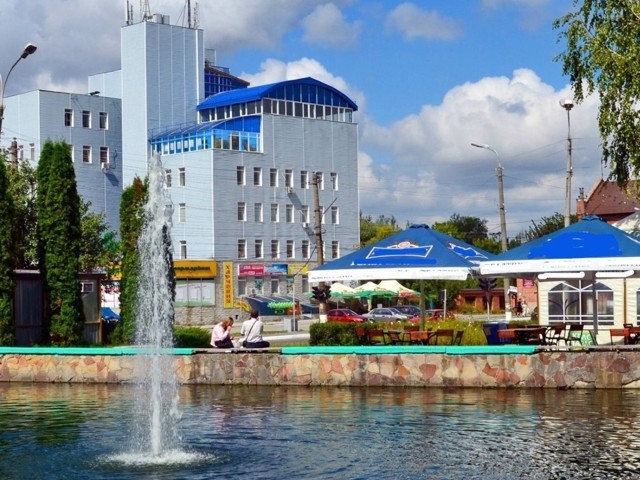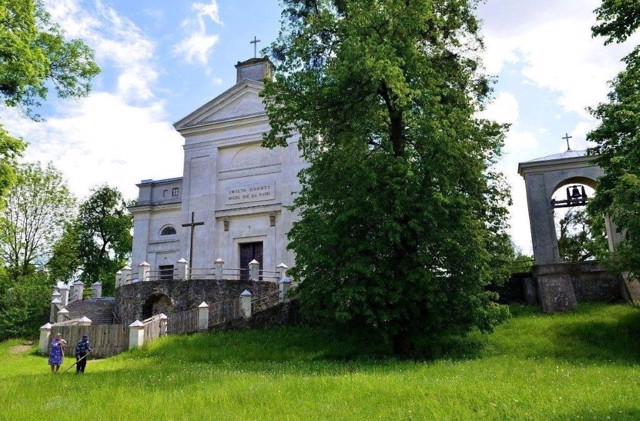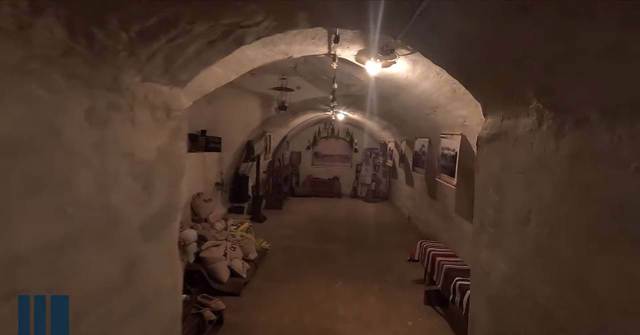Functional temporarily unavailable
General information about Slavuta
The small town of Slavuta on the Horyn River is located on the Rivne - Starokostyantyniv highway. Administratively, it is part of the Shepetivka district of the Khmelnytskyi region.
The city was founded in 1633 on the site of the fortified settlement of Derazhnya Volia, originally called Slavutyna. It was owned by Prince Lubomirski, then by the Sanguszko princes, under whom it received the Magdeburg Right.
The landscape park, laid out in the 18th century by the Italian park builder Dionysius Mikler, as well as shopping arcades, has been preserved.
In the 19th century, the development of industry began, the Church of the Nativity of the Most Holy Theotokos and the Church of Saint Dorothy were built. Further development was facilitated by the laying of the Kyiv-Brest rai ...
The small town of Slavuta on the Horyn River is located on the Rivne - Starokostyantyniv highway. Administratively, it is part of the Shepetivka district of the Khmelnytskyi region.
The city was founded in 1633 on the site of the fortified settlement of Derazhnya Volia, originally called Slavutyna. It was owned by Prince Lubomirski, then by the Sanguszko princes, under whom it received the Magdeburg Right.
The landscape park, laid out in the 18th century by the Italian park builder Dionysius Mikler, as well as shopping arcades, has been preserved.
In the 19th century, the development of industry began, the Church of the Nativity of the Most Holy Theotokos and the Church of Saint Dorothy were built. Further development was facilitated by the laying of the Kyiv-Brest railway through the city.
On the eve of the Second World War, the Soviet-Polish border passed nearby, fragments of the fortifications of the Stalin Line have been preserved.
Невелике місто Славута на річці Горинь розташоване на трасі Рівне – Старокостянтинів. Адміністративно входить до складу Шепетівського району Хмельницької області.
Місто засноване в 1633 році на місці укріпленого поселення Деражня Воля, спочатку називався Славутина. Перебувало у володінні князя Любомирського, потім князів Сангушків, за яких отримало Магдебурзьке право.
Зберігся ландшафтний парк, закладений в XVIII столітті італійським паркобудівельник Діонісієм Міклером, а також торгові ряди.
В XIX століття почався розвиток промисловості, була побудована церква Різдва Пресвятої Богородиці та костел Святої Дороти. Подальшому розвитку посприяла прокладка через місто Києво-Брестської залізниці.
Напередодні Другої світової війни неподалік проходив радянсько ...
Невелике місто Славута на річці Горинь розташоване на трасі Рівне – Старокостянтинів. Адміністративно входить до складу Шепетівського району Хмельницької області.
Місто засноване в 1633 році на місці укріпленого поселення Деражня Воля, спочатку називався Славутина. Перебувало у володінні князя Любомирського, потім князів Сангушків, за яких отримало Магдебурзьке право.
Зберігся ландшафтний парк, закладений в XVIII столітті італійським паркобудівельник Діонісієм Міклером, а також торгові ряди.
В XIX століття почався розвиток промисловості, була побудована церква Різдва Пресвятої Богородиці та костел Святої Дороти. Подальшому розвитку посприяла прокладка через місто Києво-Брестської залізниці.
Напередодні Другої світової війни неподалік проходив радянсько-польський кордон, збереглися фрагменти укріплень Лінії Сталіна.
Сплануй своє перебування у Slavuta
What to see and where to go in Slavuta
Tourist attractions and museums of Slavuta
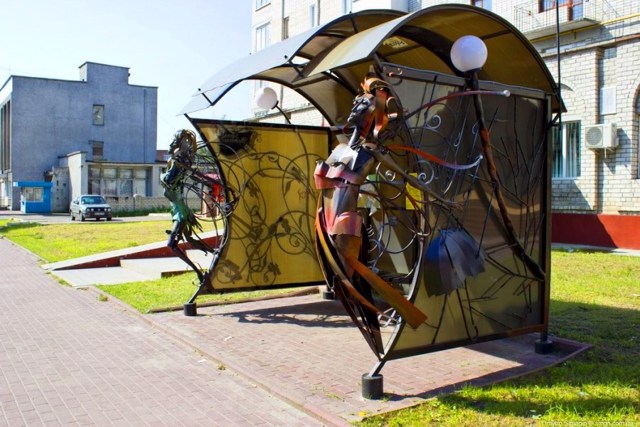
Creative Bus Stop
Monument
A creative bus stop forged from iron was installed in Slavuta in 2012 for Spring Day. The author of the work is Artem Volsky.
The sculpture represents two images of a woman: spring and autumn, which can be interpreted as symbols of female beauty and wisdom.
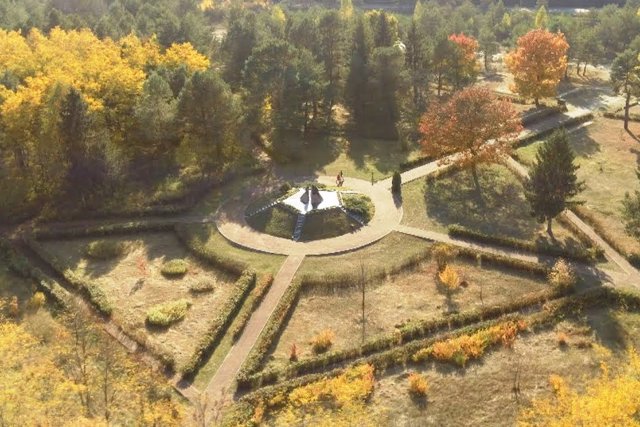
Memorial Complex "Field of Memory"
Historic area , Monument
The international memorial complex "Field of Memory" was created in 1997-2007 near Slavuta, where the German camp for prisoners of war "Stalag 301/Z" was located during the Second World War.
In terrible conditions, wounded and sick officers and soldiers of the Red Army were kept there, who, in fact, were doomed to death from exhaustion and disease. The number of dead is estimated at 150,000 people.
Currently, the cemetery of the dead prisoners of war has been cleared and arranged, a mound has been filled on it and a monument has been erected. A monument to the victims of the Jewish concentration camp is located near the complex.
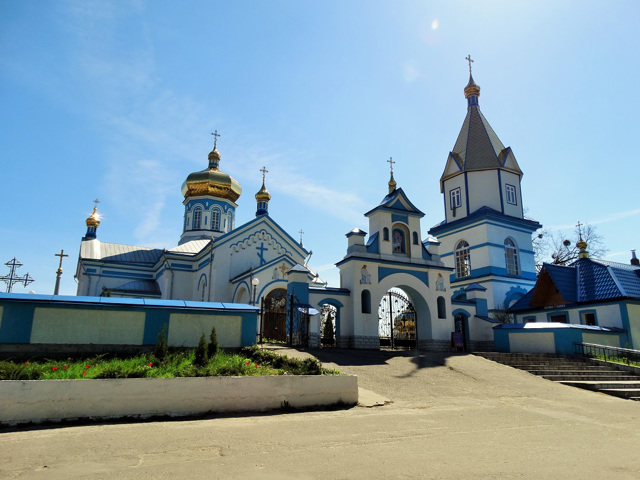
Nativity of Holy Virgin Church
Temple , Architecture
The Church of the Nativity of the Holy Virgin Mary in Slavuta was built in 1819 at the expense of the parishioners and with the participation of Prince Yevstakhiy Sangushko.
Made in the Ukrainian Baroque style, painted in the image of the Saint Volodymyr Cathedral in Kyiv.
Later, the Church of the Nativity of the Holy Virgin Mary was expanded, a priest's house, a psalmist's house, and a prosphora were built nearby.

Saint Dorothy Church
Temple , Architecture
The Saint Dorothy Roman Catholic Church in the city of Slavuta was built in 1825. It is considered an exact copy of the Parisian Church of St. Eustace.
The temple was built as a family tomb of the Sanguszko princes, who had a residence in Slavuta. The foundation was laid in 1822 by Eustachius Sanguszko, and the construction was completed by Roman Sanguszko. The construction work was supervised by the Slavuta architect Brunak. In 1848, the church became a parish church.
In 1946, the church was closed by the communist authorities and converted into a salt warehouse. Only in 1990 was it returned to the Catholic community of Slavuta and restored.
The Saint Dorothy Church is located in the territory of the Slavuta city park, laid in the 18th century by the famous park architect Dionysius Mikler. Here was located the Sanguszko Castle, of which only some outbuildings remain.
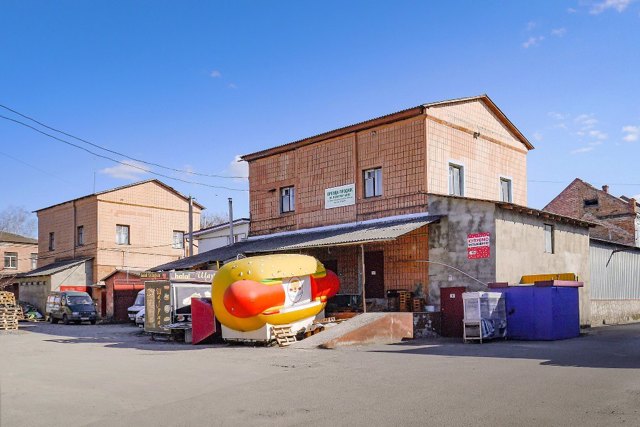
Shopping Arcades (Old Market Underground)
Architecture , Museum / gallery
A complex of Shopping Arcades with a stone town hall building was built in Slavuta at the end of the 18th century. It was located in the center of the then market square (now Taras Shevchenko Square) and had the shape of an elongated horseshoe.
Nowadays, the market square is built up, but the Shopping Arcades and town hall have survived, albeit in a severely distorted form. Despite the status of a cultural heritage monument of national importance, the complex was partially rebuilt and is still used as a warehouse for a trade organization.
Next to the remains of the Shopping Arcades, a miniature bronze copy of their work by sculptor Kostyantyn Saposhka is installed, who recreated the building in its original form.
In the basements of the Shopping Arcades, the "Dungeons of the Old Market" exhibition opened in 2025, which became a department of the Slavuta Historical Museum. Visitors can see stylized shops filled with goods, archival photos, documents, and other museum items. Multimedia technologies help to feel the atmosphere of ancient times.
Slavuta in news and blogs
Reviews Slavuta
Geographical information about Slavuta
| {{itemKey}} | {{itemValue}} |
|---|---|
| Region |
Khmelnytskyi |
